Accept all cookies Accept only essential cookies See our Cookie Notice

About ESA
The European Space Agency (ESA) is Europe’s gateway to space. Its mission is to shape the development of Europe’s space capability and ensure that investment in space continues to deliver benefits to the citizens of Europe and the world.
Highlights
ESA - United space in Europe
This is ESA ESA facts Member States & Cooperating States Funding Director General Top management For Member State Delegations European vision European Space Policy ESA & EU Space Councils Responsibility & Sustainability Annual Report Calendar of meetings Corporate newsEstablishments & sites
ESA Headquarters ESA ESTEC ESA ESOC ESA ESRIN ESA EAC ESA ESAC Europe's Spaceport ESA ESEC ESA ECSAT Brussels Office Washington OfficeWorking with ESA
Business with ESA ESA Commercialisation Gateway Law at ESA Careers Cyber resilience at ESA IT at ESA Newsroom Partnerships Merchandising Licence Education Open Space Innovation Platform Integrity and Reporting Administrative Tribunal Health and SafetyMore about ESA
History ESA Historical Archives Exhibitions Publications Art & Culture ESA Merchandise Kids Diversity ESA Brand Centre ESA ChampionsLatest
Space in Member States
Find out more about space activities in our 23 Member States, and understand how ESA works together with their national agencies, institutions and organisations.
Science & Exploration
Exploring our Solar System and unlocking the secrets of the Universe
Go to topicAstronauts
Missions
Juice Euclid Webb Solar Orbiter BepiColombo Gaia ExoMars Cheops Exoplanet missions More missionsActivities
International Space Station Orion service module Gateway Concordia Caves & Pangaea BenefitsLatest
Space Safety
Protecting life and infrastructure on Earth and in orbit
Go to topicAsteroids
Asteroids and Planetary Defence Asteroid danger explained Flyeye telescope: asteroid detection Hera mission: asteroid deflection Near-Earth Object Coordination CentreSpace junk
About space debris Space debris by the numbers Space Environment Report In space refuelling, refurbishing and removingSafety from space
Clean Space ecodesign Zero Debris Technologies Space for Earth Supporting Sustainable DevelopmentLatest
Applications
Using space to benefit citizens and meet future challenges on Earth
Go to topicObserving the Earth
Observing the Earth Future EO Copernicus Meteorology Space for our climate Satellite missionsCommercialisation
ESA Commercialisation Gateway Open Space Innovation Platform Business Incubation ESA Space SolutionsLatest
Enabling & Support
Making space accessible and developing the technologies for the future
Go to topicBuilding missions
Space Engineering and Technology Test centre Laboratories Concurrent Design Facility Preparing for the future Shaping the Future Discovery and Preparation Advanced Concepts TeamSpace transportation
Space Transportation Ariane Vega Space Rider Future space transportation Boost! Europe's Spaceport Launches from Europe's Spaceport from 2012Latest
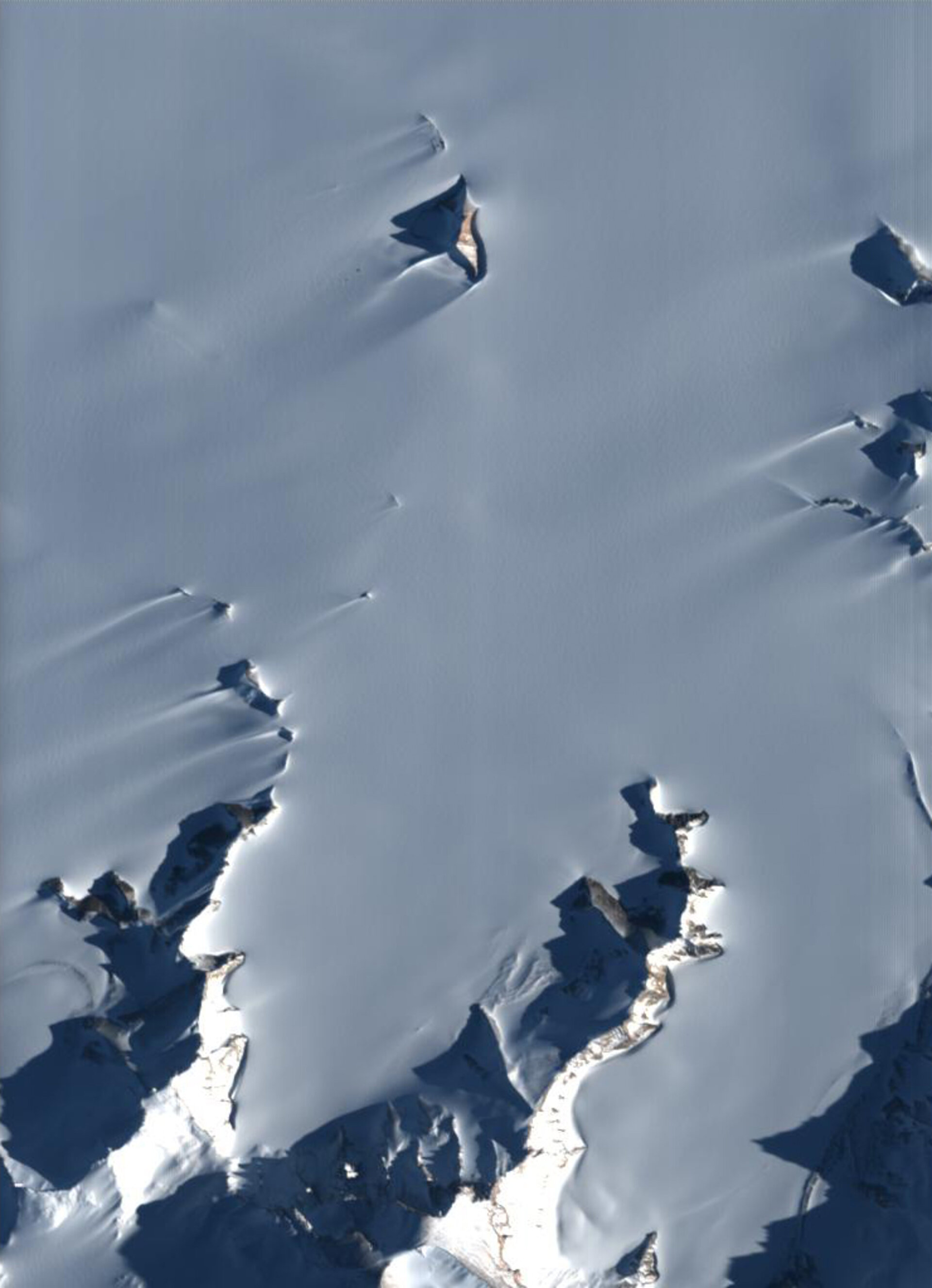
Site of Princess Elisabeth Base seen by Proba-1
Thank you for liking
You have already liked this page, you can only like it once!
Wind-swept mountain peaks peek above the ice of Dronning Maud Land in Antarctica, as seen by ESA’s Proba-1 microsatellite, whose two-year design life has been extended by 11 years and counting.
The topmost ridge in the image is the site of Belgium’s Princess Elisabeth Base, the first zero-carbon station on the Southern Continent. The ridge is subject to gales of up to 300 km/h, so the base is powered by wind turbines supplemented with solar panels.
Established in 2009, Princess Elisabeth’s buildings are aerodynamically contoured and held in place by anchors extending several metres down into the rock.
Less than a cubic metre, Proba-1 was the first in ESA’s series of satellites aimed at flight-testing new space technologies.
This image was taken on 13 December 2013, using Proba-1’s main CHRIS Compact High Resolution Imaging Spectrometer. This hyperspectral imager records 15 m-resolution scenes across a programmable selection of up to 62 spectral bands, from a variety of viewing angles.
Proba-1 was launched in October 2001 as an experimental mission but is still going strong, having since been reassigned to ESA’s Earth observation team.
In November 2009 it was joined in orbit by Proba-2, focused on solar monitoring. Proba-V, monitoring global vegetation, was launched in May 2013. The two satellites of the formation-flying Proba-3 will be sent into orbit in 2018.
-
CREDIT
ESA -
LICENCE
ESA Standard Licence
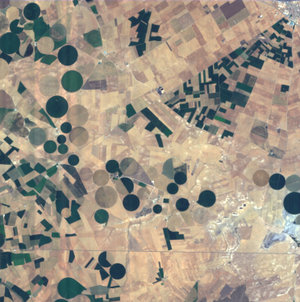
Proba's view of Barrax test site
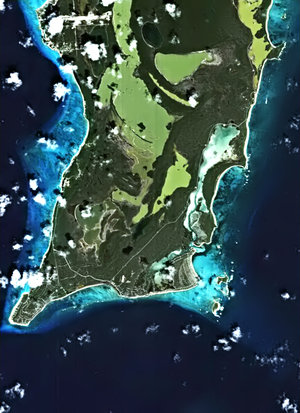
The small island of San Salvador seen by Proba
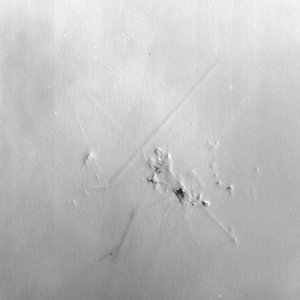
Proba-1 images Concordia base
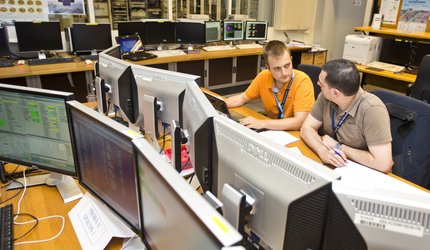
Proba Mission Operations Centre
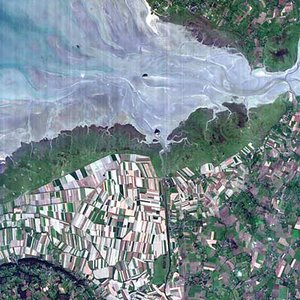














 Germany
Germany
 Austria
Austria
 Belgium
Belgium
 Denmark
Denmark
 Spain
Spain
 Estonia
Estonia
 Finland
Finland
 France
France
 Greece
Greece
 Hungary
Hungary
 Ireland
Ireland
 Italy
Italy
 Luxembourg
Luxembourg
 Norway
Norway
 The Netherlands
The Netherlands
 Poland
Poland
 Portugal
Portugal
 Czechia
Czechia
 Romania
Romania
 United Kingdom
United Kingdom
 Slovenia
Slovenia
 Sweden
Sweden
 Switzerland
Switzerland

























